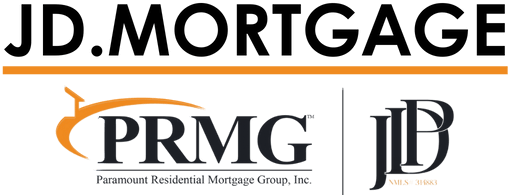How Much Did the Fed Cut Rates?
How Much Did the Fed Cut Rates? Why Mortgage Rates Didn’t Drop
This page answers the question how much did the Fed cut rates and explains what it really means for mortgage rates.
The Federal Reserve lowered its rate by 0.25%, but that doesn’t guarantee cheaper home loans.
We’ll break down how mortgage rates actually move, how bonds drive them, and why markets sometimes react in the opposite direction.
Quick Answer
The Federal Reserve voted to cut the federal funds rate by 0.25%—a quarter of a percent.
That change helps guide short-term lending between banks and affects things like credit cards and auto loans.
But it does not directly change mortgage rates.
Mortgage rates follow the bond market, not the Fed’s rate.
What Did the Fed Cut?
The Fed controls the federal funds rate, the interest banks charge each other for overnight loans.
It’s a tool used to slow or speed up the economy.
When the Fed cuts by 0.25%, it signals an effort to support borrowing and spending—but home loans don’t automatically follow suit.
Why Mortgage Rates Don’t Move With the Fed
Mortgage rates are based on mortgage-backed securities (MBS), which are a type of bond investors buy and sell every day.
When bond prices go up, mortgage rates usually go down.
When bond prices go down, mortgage rates usually go up.
The Fed’s move only influences how investors feel about future rates—it doesn’t set mortgage pricing.
Expectations Matter More Than Headlines
Today’s market reaction shows why this can feel confusing.
Even though the Fed announced a 0.25% rate cut, mortgage rates actually rose afterward.
Why? Because during the press conference, Fed Chair Jerome Powell said that another rate cut in December was not a sure thing.
That surprised investors, and they quickly adjusted their expectations.
Bond prices fell, and mortgage rates climbed—the fastest increase since the last Fed meeting.
Why It Can Feel Backwards
A Fed cut sounds like good news for borrowers, but the market looks ahead.
If investors think the Fed may slow down future cuts or that inflation could rise, they sell bonds.
When bond prices fall, mortgage rates go up.
It’s a reaction to what might happen next—not what just happened today.


Comments open